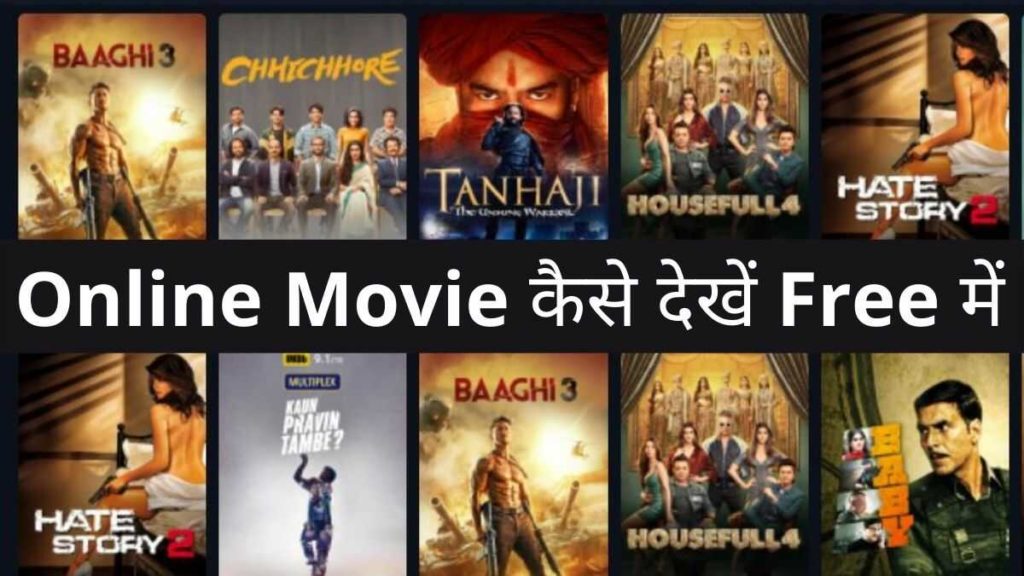Is the digital realm truly democratizing access to entertainment, or is it creating new challenges in the landscape of cinema? The surge of online platforms offering access to films, from established services to emerging sites, is reshaping how audiences consume movies, impacting both the industry and the viewers themselves.
The digital world has undeniably revolutionized how we experience cinema. No longer tethered to the schedules of local theaters or the limitations of physical media, viewers now have unprecedented control over their viewing habits. Platforms like Hdhub4u, 9xflix, and Mp4moviez2, among others, have risen to prominence, promising instant access to a vast library of content. This shift has created both opportunities and complexities.
The lure of free content is a powerful one, and sites like Hdhub4u capitalize on this. Offering Bollywood, Hollywood, and South Indian movies without the need for subscriptions or rentals is undeniably attractive to a broad audience. This has fostered a culture where audiences are no longer limited to content based on their geographical location or financial capacity. The promise of "exclusive content" further sweetens the deal, drawing in viewers eager for the latest releases.
The year 2025 is poised to be a significant one for cinematic releases. Films like "Chava" and "Court" are generating buzz, indicating the continuous evolution and diversification of Indian cinema. The consistent experimentation by filmmakers with "fresh ideas and amazing storylines" underlines this dynamic environment. These projects, and others, are emblematic of the creative drive that characterizes the industry.
However, navigating this landscape necessitates a discerning approach. The availability of content through various platforms, including those operating in less regulated environments, raises crucial questions. The ease of access often comes with risks. These risks could include copyright infringement, malware, and deceptive practices. It is essential to consider the legal and ethical implications of accessing movies through these channels.
The rise of such platforms is also having a significant impact on the movie industry. The revenue models of traditional cinema are being challenged. The film industrys revenue models, based on theatrical releases, DVD sales, and streaming subscriptions, are shifting. This is forcing the industry to find new revenue streams and adapt to the changing consumer behaviors, or find a way to exist alongside these services. The success or failure of this balance will determine the future of film production and distribution.
The digital environment is a double-edged sword for filmmakers. While it increases the potential audience for a film, it also increases the risk of piracy and unauthorized distribution. Understanding the landscape and the impacts of various distribution channels is vital for professionals in the film industry. It is vital to protect their intellectual property. This is vital to protect their financial interests.
The issue of access also creates a moral dilemma. The idea that something is "free" can be deceiving. Content creation has costs. The creators, the actors, the crew, and the distributors all have financial interests. While there is a valid debate on pricing and accessibility, using unauthorized platforms can harm all stakeholders, from studios to independent filmmakers.
Consumers have choices. Responsible viewing is not only a legal and ethical consideration but also a matter of quality. The streaming from legitimate sources guarantees the best quality. The use of authorized platforms ensures that creators and industry members are fairly compensated.
The platforms offering movies like "The Diplomat (2025)" have also found success in appealing to movie enthusiasts. These platforms often provide updates on release dates, trailers, teasers, and reviews. Filmibeat is one such resource. Staying up-to-date on all the latest developments enhances the experience of the viewer.
The proliferation of these platforms reflects a fundamental change in how we engage with the movies. But whether these developments are a force for good or a potential risk remains to be seen.


